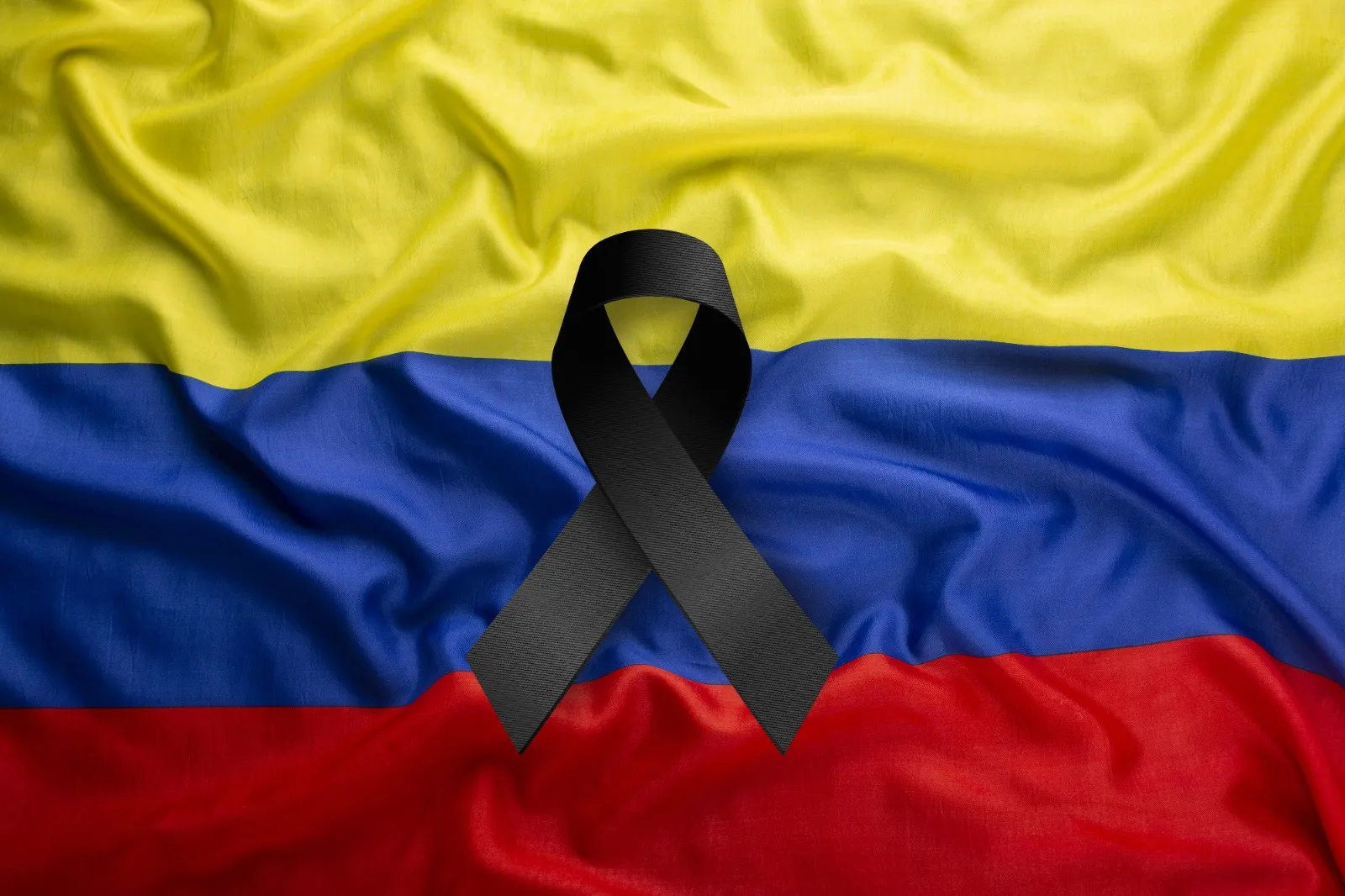Victims of the Holocaust Palace of Justice and persons reported missing: How should the expiration terms be counted?

In the case of serious human rights violations, the expiration of the action cannot be applied with a mere normative reference, but requires an analysis and factual understanding of what happened, in line with the conventional parameters of the SIDH (Inter-American Human Rights System).
On the occasion of the commemoration of the Holocaust at the Palace of Justice, the Office of the Rapporteur of the Council of State made a jurisprudential compilation of the different decisions adopted by the High Court, related to this unfortunate event.
From this compilation it is found that the most recent decision was the one issued in September of this year, by the State Counselor, Maria Adriana Marin. The analysis that was carried out in relation to the expiration of the action -in this type of case-, has the merit to be considered as a judgment of outstanding legal relevance.
The direct victim was a passerby who on November 6, 1985 was passing near the Palace of Justice and was killed in a crossfire. He was taken to a hospital where he was mistakenly identified. He was then taken to Forensic Medicine where he was recognized by his relatives. However, while the family clarified the inconsistency of his name, the National Institute of Legal Medicine and Forensic Sciences delivered the body to the National Police, who buried him in a common grave in the south of Bogota. The skeletal remains were not definitively handed over until April 1, 2016 as a result of an investigation by the Attorney General's Office.
To resolve this matter in the second instance, the High Court cited, among other things, the case of Rodriguez Vera and others v. Colombia, where the Inter-American Court of Human Rights held the State responsible for not fulfilling its duty to prevent and protect the people who were working in and visiting the Palace of Justice on the day of the seizure and retaking. That is to say, from a conventional point of view, the responsibility of the Colombian State for the holocaust is already established, since it was demonstrated that the Public Force could have prevented the magnitude of the damage, since it was aware of the high probability that this attack would occur. Based on this decision and a corresponding study, the Council of State recognized the responsibility of the Army and the National Police for the facts sued.
Regarding the inconsistencies in the identification of the victim's corpse, and the consequent improper delivery of the corpse to the Police, these were reproached and imputed to the National Institute of Legal Medicine and Forensic Sciences, since it practically ignored the information that was timely brought to its attention by the relatives of the deceased.
One of the most noteworthy aspects of this ruling is related to the analysis of the statute of limitations. The Council of State concluded that in cases such as the one at hand, the expiration of the action cannot be computed from the date of death of the direct victim, for the following reasons:
- If the victim is deceased, but his whereabouts are unknown or his skeletal remains are not identified with certainty, the effects of the death continue until the uncertainty ceases.
- Enforced disappearance must be analyzed and be consistent with its permanent nature and with the need to consider the context in which the facts occurred.
- That this type of damage has the quality of continuous since it is produced successively in time, that is to say, day by day without any solution of continuity.
In the analyzed case, as the skeletal remains of the direct victim were delivered only until 2016, the computation of the statute of limitations starts from there, and therefore the lawsuit was filed on time.
In our legal opinion, the aforementioned judgment ratifies the judicial duty to analyze the context in which the facts that are the object of the litigation occur, at the time of reviewing the opportunity with which the lawsuit was filed; since in cases of forced disappearance, the cessation of the damage does not materialize until the whereabouts of the direct victim are known. Secondly, the imperative need for the decisions of our judges to be issued in consonance and harmony with the statements made by the IACHR Court in similar cases. And finally, that a strict and formalistic application of the statute of limitations without taking into account the factual situation of the plaintiffs may mean the imposition of unfair barriers that prevent effective access to the administration of justice.
1 Council of State, Third Section, Subsection A. Judgment of September 13, 2024. Internal file: 67165. CP. Maria Adriana Marin.